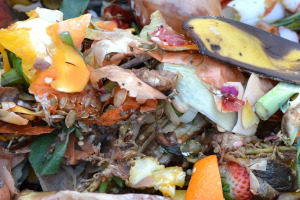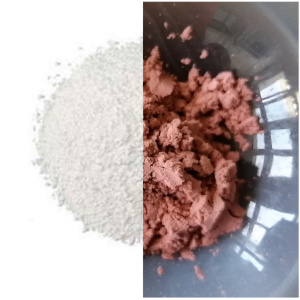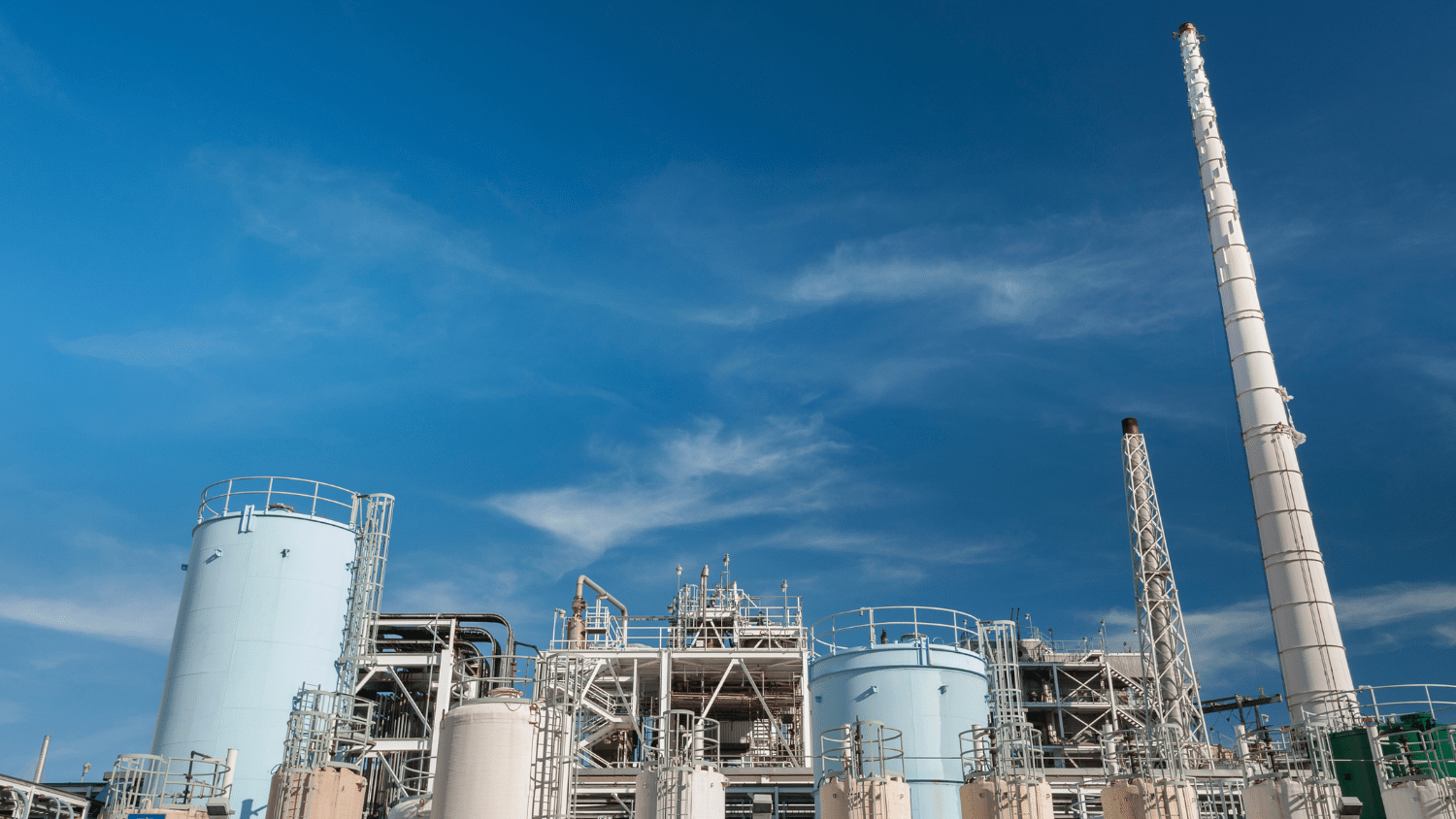The global trend towards fossil fuel depletion and our dependency on them to manufacture fine chemicals have led to sustainable feedstock research. In this search, waste biomass's valorisation is rising as one of the most attractive alternatives to produce valuable chemicals and materials. The transformation of biomass into valuable products comprises specific reactions; to do so, catalysts help achieve them more efficiently. Zeolite catalysts are widely used and have found industrial applications. However, to increase the potential of biomass valorisation, new catalysts are required to enhance current processes' stability and performance.
 Waste biomass includes those generated by agricultural products, for example cane bagasse, corn stover, wheat straw, rice husk, and orange peel. Other wastes and by-products of the food industry, pulp, paper industry, and biofuel production can be used to obtain new products. The more abundant feedstocks of such wastes are cellulose, hemicellulose, and lignin. The hydrolysis of cellulose is the first step to get chemicals and materials. In this process, the complex constituents are separated into their simpler form. The resulting molecules are carbohydrates from one to six carbon structures. Among these compounds, we can find the so-called platform chemicals like 5-hydroxymethylfurfural (5-HMF), levulinic acid, and lactic acid.
Waste biomass includes those generated by agricultural products, for example cane bagasse, corn stover, wheat straw, rice husk, and orange peel. Other wastes and by-products of the food industry, pulp, paper industry, and biofuel production can be used to obtain new products. The more abundant feedstocks of such wastes are cellulose, hemicellulose, and lignin. The hydrolysis of cellulose is the first step to get chemicals and materials. In this process, the complex constituents are separated into their simpler form. The resulting molecules are carbohydrates from one to six carbon structures. Among these compounds, we can find the so-called platform chemicals like 5-hydroxymethylfurfural (5-HMF), levulinic acid, and lactic acid.
Platform chemicals are transformed into different products replacing those derived from fossil fuels. For instance, the products from the 5-HMF transformation can be used to generate polymers like PET and nylon. Levulinic acid derivatives find application as gasoline additives to increase the octane content. Lactic acid is mainly used in the polymer industry for the formation of biodegradable polymers but can also be used to manufacture cosmetics and pharmaceuticals.
Zeolites vs. MOFs catalysts
 Zeolites are heterogeneous porous catalysts that have shown good performance for the catalytic cracking process for oil transformation to fuels and chemicals. They are often taken as a reference for catalytic performance evaluation. Metal-Organic Frameworks (MOFs) are novel crystalline materials showing strengths not found in other porous materials (e.g., zeolites, carbon materials) such as ultrahigh porosity, high surface area, conscious design, easy tunability, and high metal site density.
Zeolites are heterogeneous porous catalysts that have shown good performance for the catalytic cracking process for oil transformation to fuels and chemicals. They are often taken as a reference for catalytic performance evaluation. Metal-Organic Frameworks (MOFs) are novel crystalline materials showing strengths not found in other porous materials (e.g., zeolites, carbon materials) such as ultrahigh porosity, high surface area, conscious design, easy tunability, and high metal site density.
The picture shows a zeolite on the left and a MOF on the right (example pictures).
Despite the recent introduction of MOFs as catalysts for biomass valorisation, they show promise not only as a catalyst but also as support or a host of reactive species such as metal nanoparticles and metal oxides polyoxometalates, quantum dots, organics, and organometallic molecules. The role of MOFs as support help to prevent leaching, agglomeration, or deactivation during reactions.
Converting sugars to platform molecules
The transformation of sugars to platform chemicals is a critical process for biomass valorisation. For this matter, MOFs like Yb6(BDC)7(OH)4(H2O)4 have been synthesized for the transformation of glucose to 5-HMF. According to a report on the catalytic activity of this MOF, the porous material achieved 25% conversion with high selectivity of 70% for 5-HMF using only water as solvent. In comparison to other catalysts, this ytterbium MOF can reduce the processing time since no further steps are needed, avoiding the use of organic solvents.
78% conversion of glucose to fructose using MOF
Another important reaction to obtain 5-HMF is the isomerization of glucose to fructose. However, this reaction often yields undesirable by-products. Interestingly, MOF catalysts like MIL-101(Cr)-SO3H showed a superior selectivity for fructose production at the high conversion of glucose (78 %). Moreover, the catalyst can be reused with a minimum loss in conversion and selectivity, which evidence of MOF-based catalysts' stability.
Transformation of platform molecules
Further transformation of platform molecules targets to obtain high-value chemicals. As we previously discussed, there is a vast number of molecules that can be obtained. Among desired products is γ-valerolactone (GVL) obtained through the catalytic transfer hydrogenation process of levulinic acid or levulinic acid esters (GVL is a potential fuel and solvent and can be used to obtain polymers and other chemicals). The implementation of a MOF catalyst for GVL production was tested recently and compared to commercially available materials. The pristine UiO-66 MOF exhibited a 70% conversion with a 36% yield, outperforming commercial ZrO2, which only achieved 13% conversion and a 6% yield of GVL under the same conditions.
Maximum yield of 80% for GVL in catalytic transfer hydrogenation using MOFs vs. 13% using commercial catalysts
Moreover, the researchers were able to tune the pristine MOF's catalytic activity by adding free sulfonic acid groups. The resulting MOF UiO-66-SO3H60 obtained a maximum yield of 80% for GVL at complete reactant conversion. These results showed the superior performance of MOF-based catalysts in biomass conversion reactions, making them an excellent alternative to conventional catalysts.
The application of MOF-catalysts for various biomass transformation reactions is possible, and examples of other exciting use cases are described in our previous blogs.




